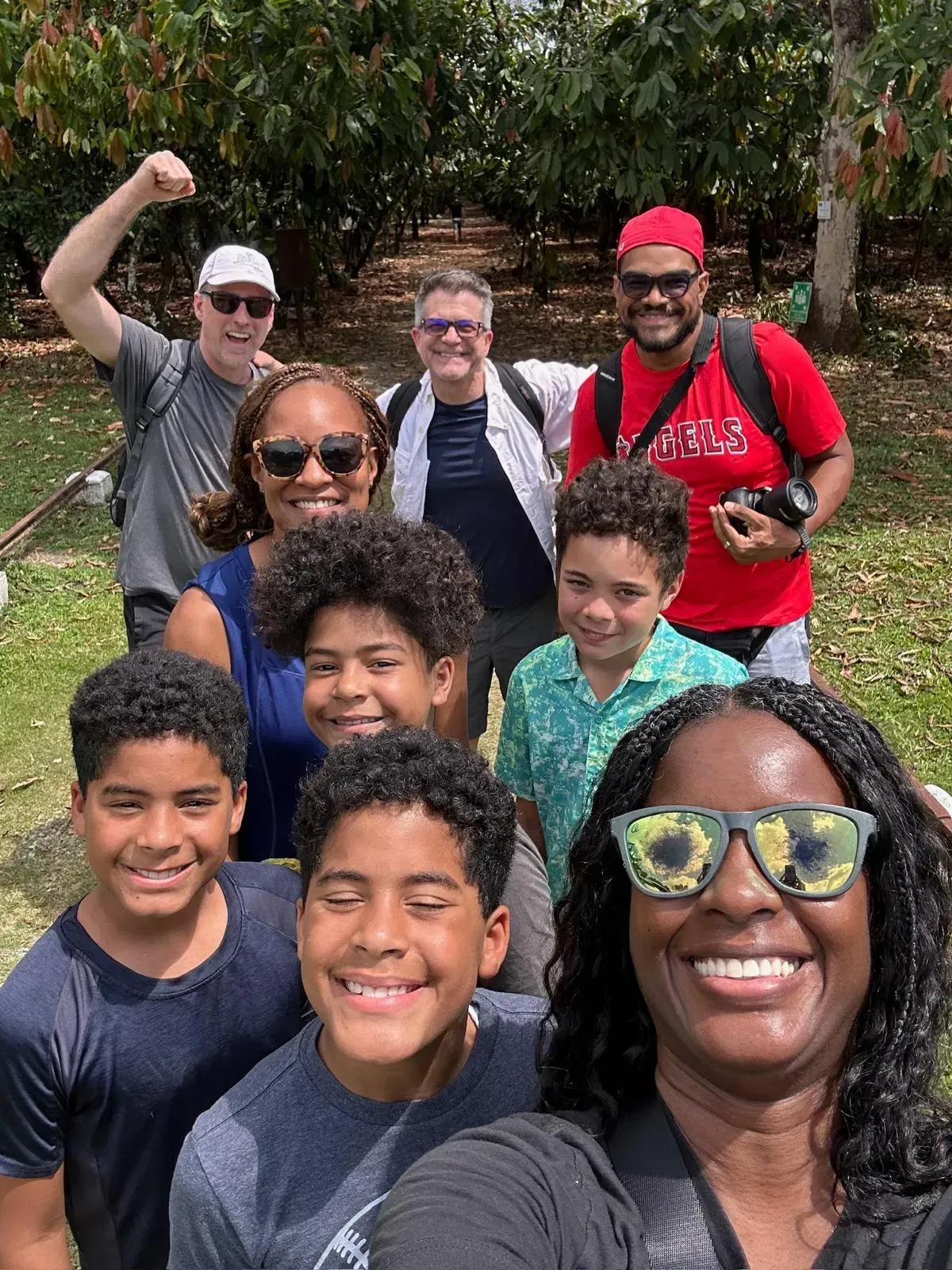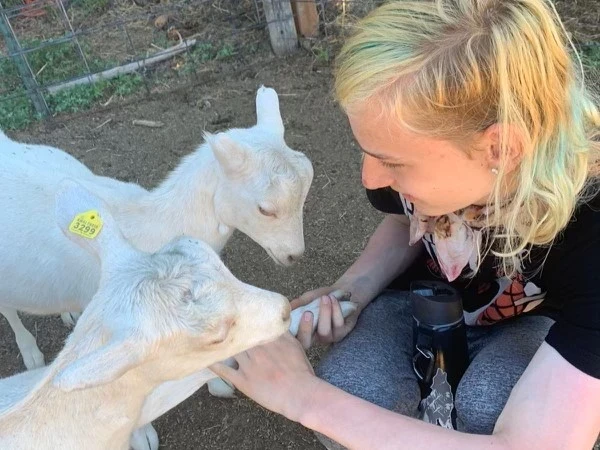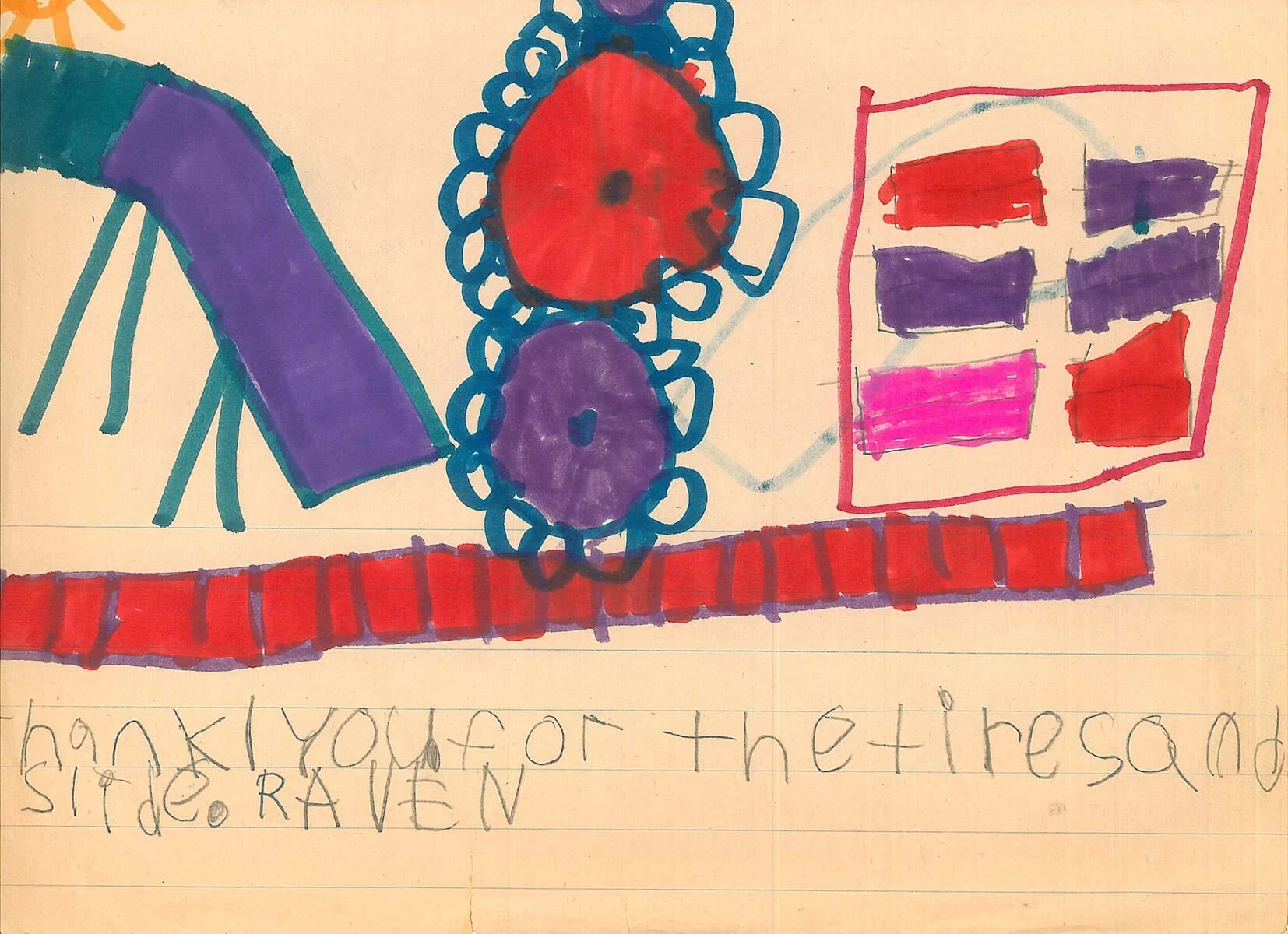
On our last trip to Mississippi in March we stayed in Bay St. Louis, about 25 miles west of Gulfport, in a West Indies-style former school house (circa 1913). The owner, Ellis Anderson—formerly a 20-year resident of the French Quarter—transformed the school into a home when she moved permanently to Bay St. Louis. During our stay the house was undergoing yet another, post-hurricane, renovation. Ellis has written a poignant account of life before, during and after the storm. What follows are Ellis’s impressions of the storm.
Rescue workers from around the world say that they’ve never seen anything comparable. I’ve taken seasoned reporters for a tour of what used to be my town and heard their gasps of horror, watched tears spring to their eyes.The damage is unprecedented in three hundred years of recorded history. Katrina drove a 30-35 foot wall of black water that barreled in from the Gulf like a gigantic bulldozer. Structures that had seen dozens of severe storms – including Camille – buildings that had been standing solidly for over a century, are simply gone. The old Spanish Customs House in the Bay, built on high ground in 1789, is scattered over a four block area. Only the brick floor remains.
The Dethroning of Camille
Camille was the most intense storm to hit the mainland U.S. in modern history. Sustained winds were 190 mph, gusts to 220. The lowest storm pressure (909) ever recorded on the mainland was measured in Bay St. Louis. The tidal surge was estimated at 22-27 feet, the highest in U.S. history.
They called Camille a “hundred year storm.” What were the chances of another Camille striking in our lifetime? And if another monster storm were to occur in that hundred years, could lightening possibly strike twice in the same place? Throw in the astronomical probability of a storm worse than Camille making landfall in the same area within thirty years and you have odds that would be the dream of any bookie. It’s a bet the most timid gambler would have taken in a heartbeat. I certainly did.
Before Katrina, when guests asked me how I felt about living in a hurricane prone area, I had blithe and confident answers. “Bay St. Louis is on a high ridge of land,” I’d explain smugly. “This neighborhood didn’t even flood in Camille.” If I was shopping for real estate, the first question I’d ask is, “Did it flood in Camille?” If the answer was no, I rested easy, knowing that it would be eternally high and dry.
Insurance agents were equally as confident. They’d tell you, “If your property didn’t see water in Camille, don’t waste your money on flood insurance.” Lots of my friends heard the same line, but no one really blames the agents. We were all insurance poor, paying vast amounts just for the windstorm policies. Why not save the money if you were located on some of the highest ground on the Gulf? Camille was our yardstick for catastrophe.
The numerous historic houses on the coast bolstered our community confidence even higher. Homes that were 100-150 years old lined the shore. The sturdy Spanish Customs house, right up the street from me, had stood overlooking the beach since 1789 and faced off countless storms, including Camille. These buildings were monuments to indestructibility, daily reminders to keep the faith.
In the days before Katrina hit, the name Camille became a mantra while the community prepared for a “bad one.” Everyone on the Gulf Coast takes hurricanes seriously, but many of my neighbors were Camille veterans. While we were boarding up, filling our bathtubs, checking our batteries, I heard over and over, “The weather people are alarmists. They’re predicting a 20-foot surge, maybe it’ll get to 15. And even if it’s 20 feet, Camille was way worse. We didn’t take water in ‘69. We’ll be fine.”
Talking to family and friends around the country who pled with me to evacuate, I invoked the name of Camille, holding it up like a banner, a bright talisman to ward off my fears. I was too exhausted to attempt a long drive and resisted last minute pressure to retreat to Diamondhead – a community five miles north. I trusted my own stout historic house more than any new and untested structure. “The only thing I’m really worried about is the surge and this property didn’t even flood in Camille,” I declared again and again.
Hindsight often makes fools of us all. The line I repeat now is, “If I’d known we were going to be hit by a 35-foot tsunami, I would have been in Nebraska.”
The afternoon of the storm, when the waters had receded from the coast and the winds had relented somewhat, I picked my way through the rubble and gazed in shock at the splintered, unrecognizable remains of my historic neighborhood. In a single morning, hundreds of years of heritage had been erased. Elegant houses and quaint cottages were crushed or left twisted in the middle of streets. Even the Spanish Customs House had vanished completely, the lot filled with tangled heaps of debris.
Queen Camille has been dethroned. It turned out she was just the dress rehearsal for loss, a dry run for true disaster…. [Katrina] stripped us of our illusion of security.






